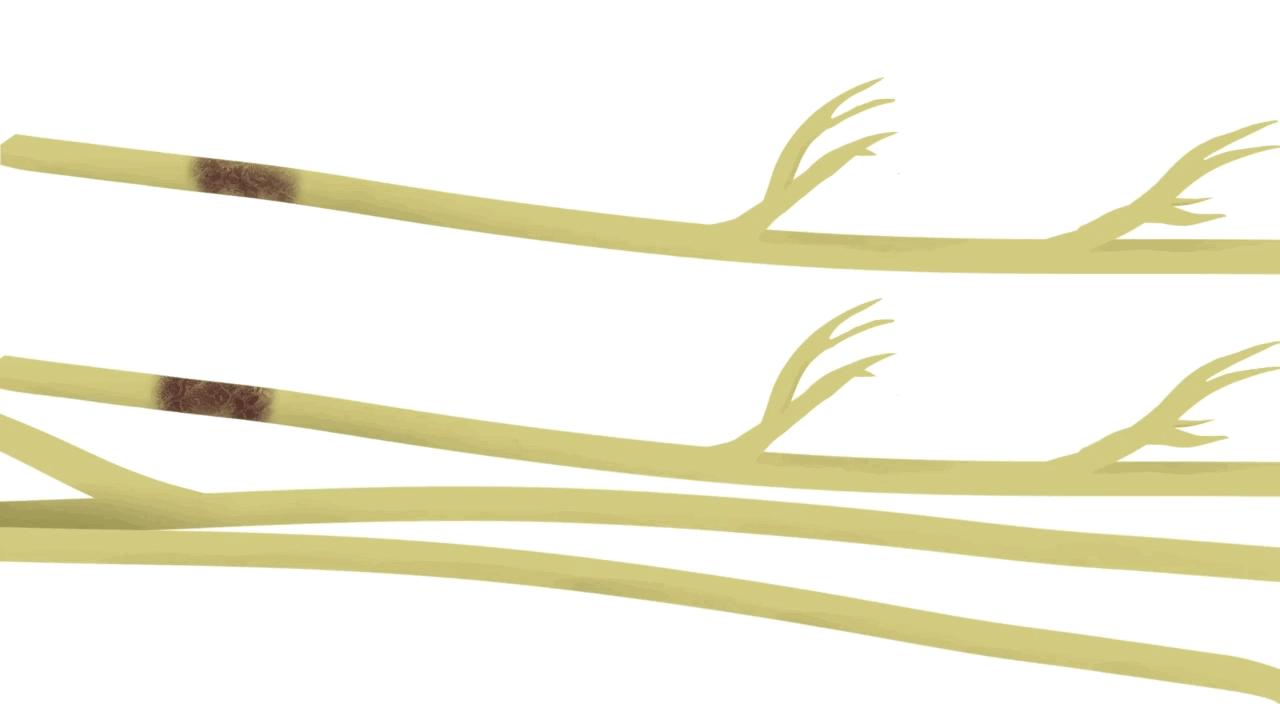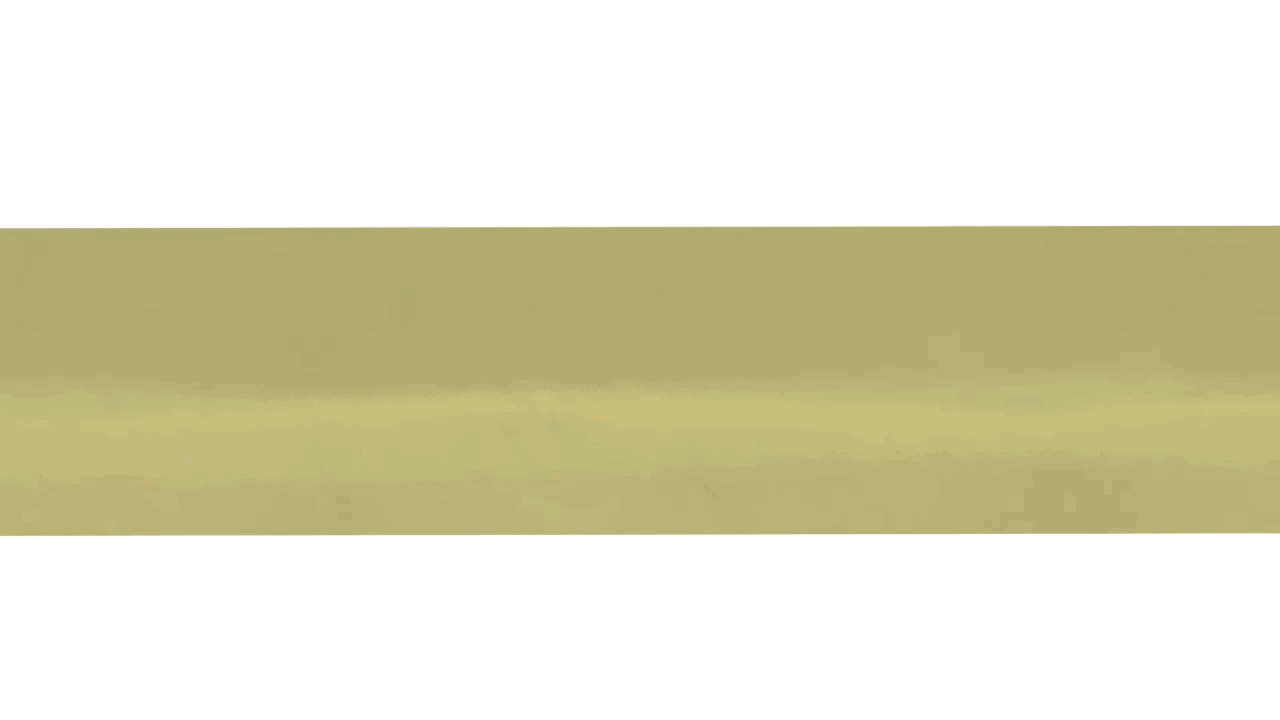Double Fascicular Nerve Transfer
Michael J. Boctor BS, Jennifer Bai, MD, Jason H. Ko, MD, MBA
Presented at ASRM Cadaver Course
Graft vs Transfer
In contrast to a nerve graft—where we create a scaffold to bridge the healthy, proximal nerve to its distal component—a nerve transfer allows us to re-innervate more distantly, and closer to the muscle target… thus bypassing what would take months to years of unnecessary axonal regeneration
A Pain in the Nerves
Anterograde degeneration is the culprit behind the arduous nature of nerve healing. Regeneration slowly manifests at a rate of 1 mm/day, 1 in/mo, and 1 ft/yr. Muscles >18 inches from the site of injury/repair typically cannot regenerate
Reverse End-to-Side
End-to-side preserves functional native axons and allows injured proximal axons to continue to regenerate across the site of injury and repair. Furthermore, the total number of motor axons that ultimately reach the target muscle can be maximized




